Asia's last living urban utopia - Issue #12
Fuelled by the flower power generation, this utopian community still tries to make a difference. But that's not easy. Welcome to Auroville, India.
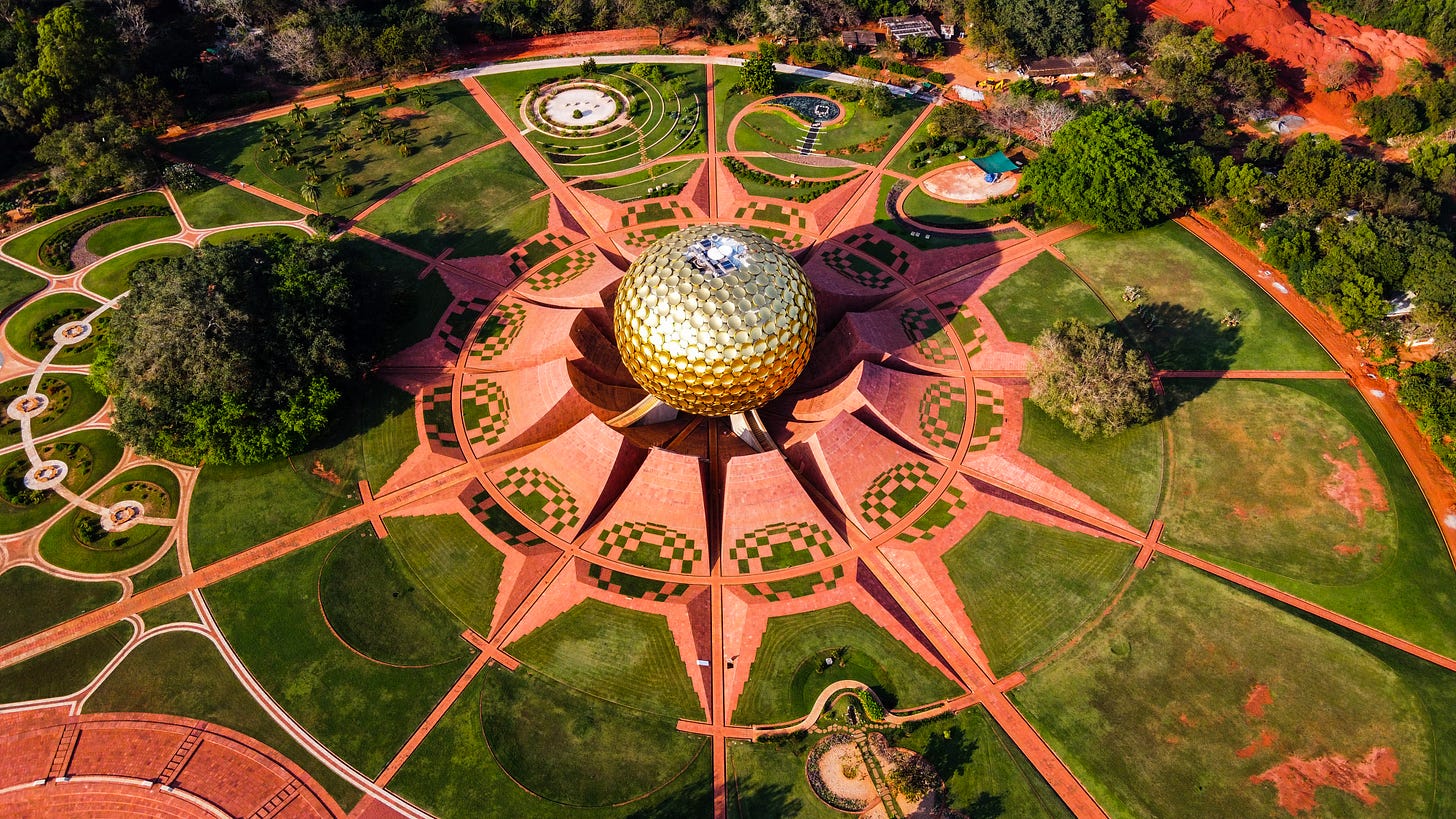
This week, I’ll share with you some facts about Asia’s most famous living urban utopia - Auroville in Tamil Nadu, India.
I have recently started reading Better to Have Gone by Akash Kapur, an Indian-American journalist and author who has been raised in Auroville. In his latest book, Kapur tells the story of his in-laws, who were both early settlers of Auroville (ultimately tragically dying there). He also provides a vivid depiction of Auroville’s daily life back in the 70s and unpacks the complexity behind this urban (and overall human) venture.
“One of the core questions of the book is: at what point does faith tip over the edge into darkness? Utopia and dystopia are very linked” says Kapur.
Despite his criticising of the cost of idealism, Kapur and his wife moved back to Auroville in 2004 and are raising their two sons there, far from their US roots.
🚨 Disclaimer I have never been to Auroville and I don’t intend to travel there. I am simply curious to understand how such a community works and can set up new standards for urban living, especially when it comes to sustainability and resilience.
History is filled with failed urban utopias and Auroville is far from being a perfect place. It is struggling with many issues and its quest for an ideal community/society makes it an easy target.
How did it emerge? Why is it a pioneering place in regards to green living? And what’s holding Auroville back?
The flower power generation 🌸
Envisaged as a city for 50,000 people, Auroville is a township of presently about 2,500 “volunteers” from India and from some 50 countries around the world. Located in a rural area of Tamil Nadu, South India, it is surrounded by 13 villages with a population of approximately 40,000 people.
Auroville’s founding can be traced back to an idea by the Frenchwoman traveler Mira Alfassa (known to everyone there as “the Mother”) who wanted to establish a city of peace, a place where people from all over the world would live in harmony. This “global village” is named after Sri Aurobindo, an Indian philosopher who was Alfassa’s yoga teacher.
Auroville was inaugurated in 1968 and flourished from the idealism of the flower power generation in the 60s and 70s.
The “East” has long been an inspiration for young Westerners in a spiritual quest. Many of them took the “Hippie Trail” from the mid-50s to the late 70s, an overland journey between Europe and South Asia, mainly through Iran, Afghanistan, Pakistan, India, Nepal and later Thailand.
It was, at one point in time, a rite of passage, fuelled with drugs and dangers. Auroville wasn’t exactly on the Hippie Trail but it grew thanks to its people, idealists who wanted to escape Western consumerism and build an alternative society. And also learn some cool yoga tricks🧘♀️
Today, the main markers along the Hippie Trail are mostly gone. The hippie-friendly hotels of Central Asia are no more and the overland bus lines dried up with the closing of country borders. The counterculture movement in the US also started to wind down in the late 70s, and, as economic growth in Western countries slowed, many former hippies had to go back to the normal workforce.
But Auroville remained.
In that sense, it is Asia’s last living utopia, a memorabilia from a different epoch.
“The City the Earth needs” 🌱
Besides its nostalgic and hippie vibe, Auroville has become famous for pioneering a new way of green living.
Auroville introduces itself as the “City the Earth needs”, based on the fact that its development approach fosters soil regeneration, circularity, light touch urbanism and nature preservation.
Auroville has gained national and international acclaim for its wasteland reclamation and reforestation work. When the early settlers arrived in Auroville in the late 60s, it was a very inhospitable place, with more than 1,000 hectares of near barren and dying land. No trees, temperatures soaring above 40 degrees, infertile laterite soil, lack of ground water, cobras, you name it.. The worst place to start a city, imho.
The first inhabitants began planting trees which finally spawned the world’s largest and most ambitious reforestation project. Today, over 2 million forest trees, hedge trees, fruit, and fuel wood trees have been planted. Well done, Aurovillians!
The practice of contour bunding (a farming technique which consists of planting across a slope following its elevation contour lines, allowing more time for the water to settle into the soil) and the building of small check dams for soil and water conservation have significantly enhanced the life-support potential of the whole area.
Auroville has also gained considerable knowledge and expertise in the field of innovative and cost-effective building technologies, especially earth construction and ferro-cement. The city showcases many buildings constructed with compressed earth blocks and Auroville’s Building Centre provides regular training programmes for masons, contractors, engineers, and architects. It offers consultancy, designs buildings and supervises construction sites using appropriate, low-tech and cost-effective building technologies.
Additionally, Auroville is a pioneer in terms of integrated urban planning. The Auroville Township Master Plan 2000 - 2025, which has been endorsed by the Government of India, is dedicated to the challenge of creating an environment-friendly, sustainable urban settlement that also integrates and cares for the neighbouring rural area.
“Auroville's concept is therefore to build a city that will economise on land needs by introducing development approaches with an optimum mix of densities and appealing urban forms and amenities, while the surrounding Green Belt will be a fertile zone for applied research in the sectors of food production, forestry, soil conservation, water management, waste management and other areas which assist sustainable development. The results of such innovative methods would be available for application in both rural and urban areas in India and the world.”
Finally, Auroville is also big on organic farming and renewable energy (today more than 1,200 photovoltaic panels are in use for electricity and water supply).
Seems pretty cool, right? Auroville seems to have find its way towards urban circularity and nature-based solutions.
A living research lab 🔬
You got it, Auroville is a fascinating experiment in terms of new architectural and planning techniques. It has a strong research and knowledge production focus, and it could be an inspiration for many cities and communities worldwide.
Yet, it has also some drawbacks.
If the plan was initially to reach 50,000 inhabitants, Auroville only comprises 2,500 people today, more than 50 years after its inauguration. The small size of Auroville inevitably raises the scalability question. How would Auroville’s current solutions and innovations adapt to a city of 50,000 people? Or more? Maybe they would perfectly. Maybe they wouldn’t.
Then, in people’s minds, Auroville still remains a problematic utopia, mostly catering to a bunch of Westerners looking for self-introspection.
Check this comparison between America’s Burning Man and Auroville Burning Man and Auroville: Understanding the Human Condition
Its spiritual positioning (still one of the major features that attracts people there) is in some ways holding Auroville back and driving it apart from other places. Some people might find this positioning unattractive or irrelevant and dismiss the lessons and solutions Auroville has to offer to the world.
The truth is that Auroville managed to prosper in spite, rather than because, of its spiritual angle and that’s something that is not properly understood.
As discussed in this very good New Yorker article What Makes a Cult a Cult? “what in the end saved [Auroville] from cultic madness and eventual implosion was precisely not faith, not the Mother’s totalist vision, but pluralism, tolerance, and the dull “compromises and appeasements” of civic life.”
Auroville is a layered place, filled with the personal history of each of its volunteers and the compromises of urban living. Like any other city, in fact.
Auroville still strives to connect with neighbouring rural villages and remains an open place that people can visit and engage with. It is not a gated community and its ambition is to be a place for engagement, self-introspection and fulfilment. Yet, its benefits and learnings do not spill over that much beyond its boundaries, or even beyond the boundaries of South India.
One way to counter this would be for Auroville to reconnect with the global conversation on cities, play its living lab and knowledge hub role (even if it remains small scale) and inform upcoming planning practices.
Urban planning is intimately linked to the idea of utopia, from Le Corbusier’s Radiant City, Frank Lloyd Wright’s Broadacre City to [insert name of famous architect or new urban theory]’s City. It’s the ultimate goal of shaping communities, balancing people’s with nature’s needs, providing opportunities for people to lead meaningful lives, creating a better future..
Auroville has 50 years of experience doing just that. Maybe it’s time to spread out the learnings some more.
📝 Read this week
Asia’s looming Black Elephant events A team of researchers suggests we acknowledge the looming natural hazard risks in Asia, that no one wants to talk about (hence the black elephant, an hybrid of the black swan and the elephant in the room).
Cities from scratch, great analysis from Max Kim of CityBits about Telosa, another kind of urban utopia, envisioned by American billionaire Marc Lore and announced in Sept 2021
Squid Game and why it resonates to many city dwellers left behind “It has tapped a sense familiar to people in the United States, Western Europe and other places, that prosperity in nominally rich countries has become increasingly difficult to achieve, as wealth disparities widen and home prices rise past affordable levels.”
The housing theory of everything Western housing shortages do not just prevent many from ever affording their own home. They also drive inequality, climate change, low productivity growth, obesity, and even falling fertility rates.
Water, technology and city, another cool read from the University of Michigan - Urban Tech team
💡 And also
🎙 ICYMI our latest podcast episode with Rob van Son, from Digital Underground Singapore, about the rise of Underground Urbanism. Cities used to go either higher or wider. Now it's time to go deeper.
That’s it for today. As usual, a small 🧡 at the bottom of the article goes a long way !
Thanks for your support and see you next week for a new podcast episode. Stay tuned.




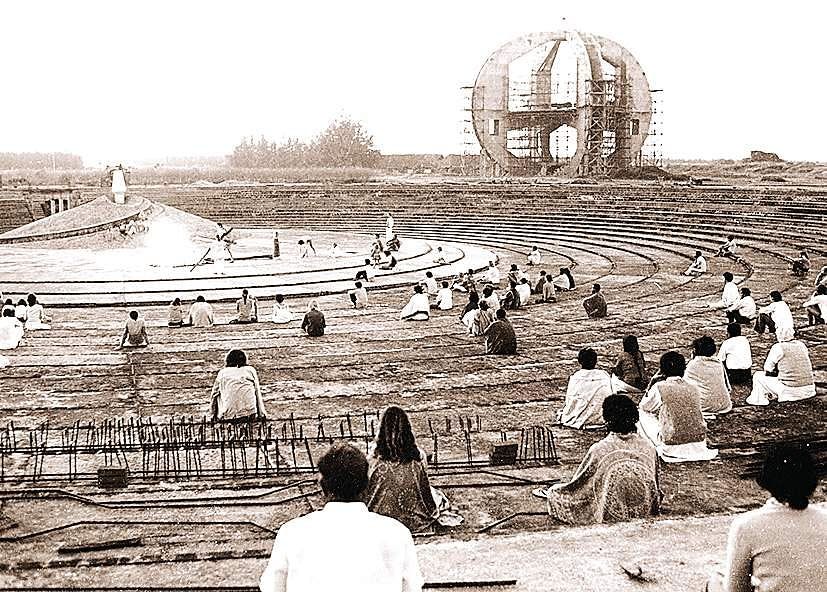
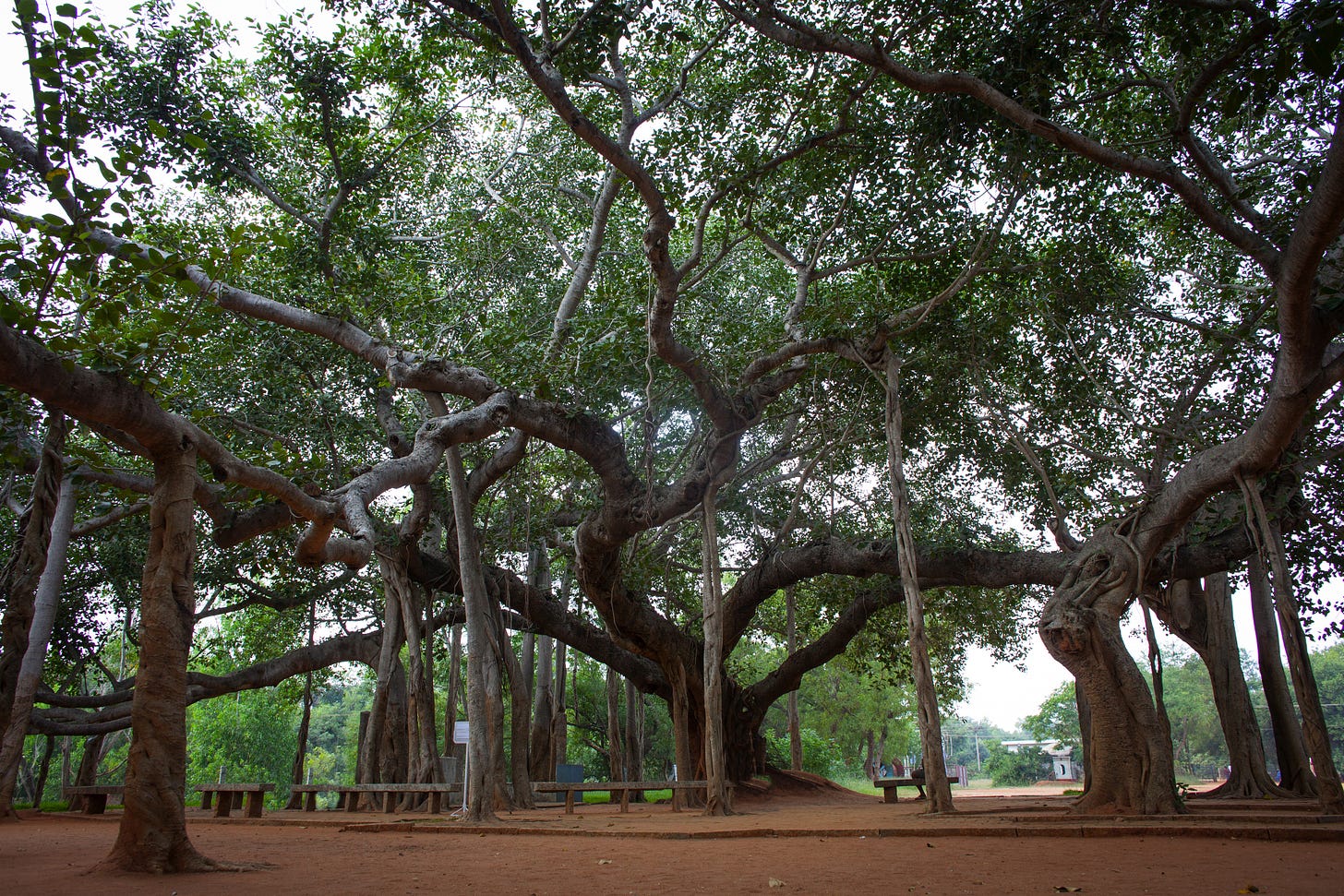
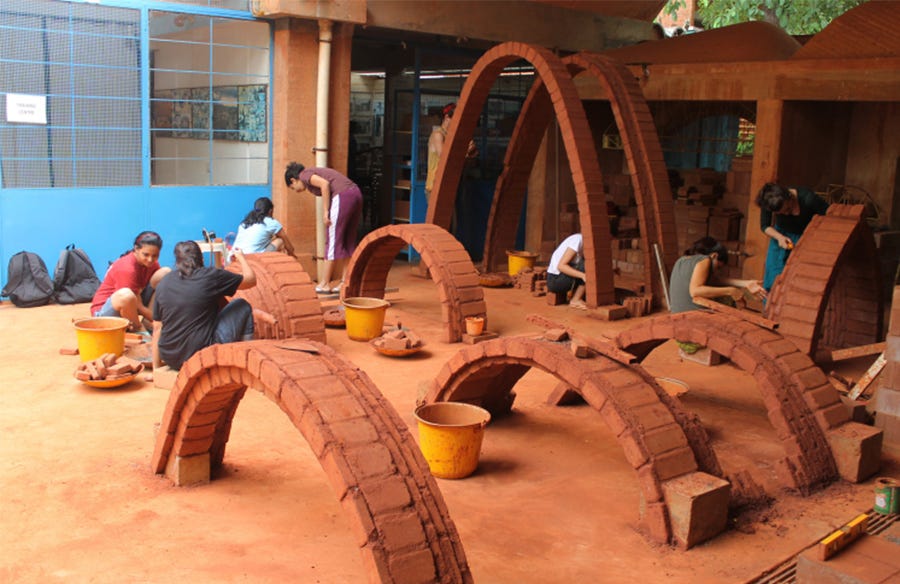
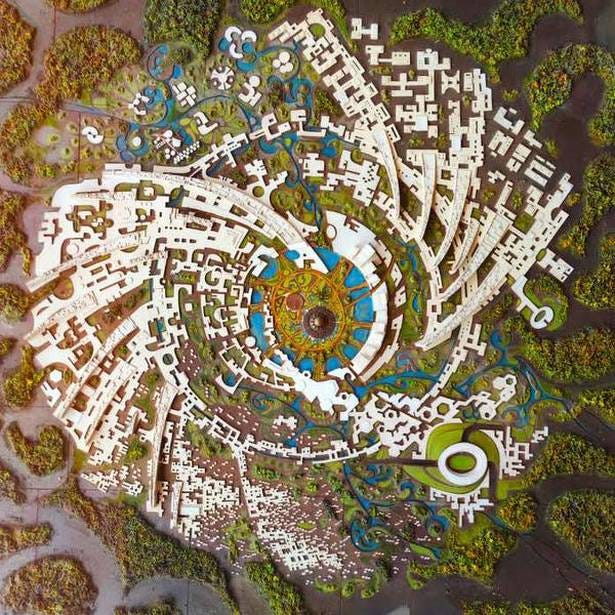

Thank you, Fabien. I tweeted your article along with a comment.
"This is a very good article by Fabien Clavier. He even gives a good advice.
(One way for Auroville)"benefits and learnings" to spill over is: "reconnect with the global conversation on cities, play its living lab and knowledge hub role ...and inform upcoming planning practices."
You might like to know that a about a decade back I had the joy to write a research paper on the relevance of Auroville township model for India's urban development. One of my dreams going forward is to promote that vision. In fact, while introducing my paper, the editors of the Trialog journal which published it wrote the paper presents "paradigmatic leadership role of Auroville township model for the urban challenges faced by India and the world."
Auroville needs to learn how technologies can inform and benefit cities - the area of your interests and studies. I will appreciate your knowledge and vision in this respect. My email: aryadeep@auroville.org.in